Tarragon, a perennial herb prominent in French cuisine, is renowned for its distinctive, slightly sweet flavor with hints of anise. Its slender, aromatic leaves are a key component in the classic French herb blend 'fines herbes' and are widely used to infuse vinegar, dressings, and sauces like béarnaise. Tarragon's subtle yet distinct flavor pairs beautifully with poultry, seafood, and egg dishes.
But what if you are missing this herb in the middle of your cooking? In this post, we will share the best fresh and dried tarragon substitutes so you can resume your cooking.
What Is Tarragon
Tarragon is a perennial herb known for its slender, aromatic leaves and distinctive licorice-like flavor with hints of vanilla. It's a staple in French cuisine, playing a starring role in classic dishes and herb blends like 'fines herbes.' Tarragon is cherished for its ability to enhance sauces, dressings, poultry, and seafood dishes with its unique, subtle taste. This multifaceted herb is also prized for its medicinal benefits, such as promoting better digestion and aiding in sleep. Fresh and dried forms of tarragon offer different intensities and nuances in culinary use.
Types Of Tarragon
Tarragon is primarily available in two main varieties, each with its own distinct characteristics:
French Tarragon (Artemisia Dracunculus Var. Sativa)
This is the most popular and widely used variety, especially in French cuisine. French tarragon has a subtle, slightly sweet flavor with a distinctive anise or licorice aroma. It is a crucial component in numerous traditional French recipes and sauces, like béarnaise sauce. It doesn't yield viable seeds and is commonly propagated by dividing its roots.
Russian Tarragon (Artemisia Dracunculus L. Var. Inodora)
This variety is more robust and hardier than French tarragon but has a less pronounced flavor, often described as more bitter and lacking the sweet anise flavor of the French variety. Russian tarragon can be grown from seeds and is more tolerant of varying growing conditions, but it's generally considered inferior in culinary use compared to French tarragon.
The 11 Best Fresh And Dried Substitutes For Tarragon
Fresh Tarragon For Dried Tarragon (vice versa)
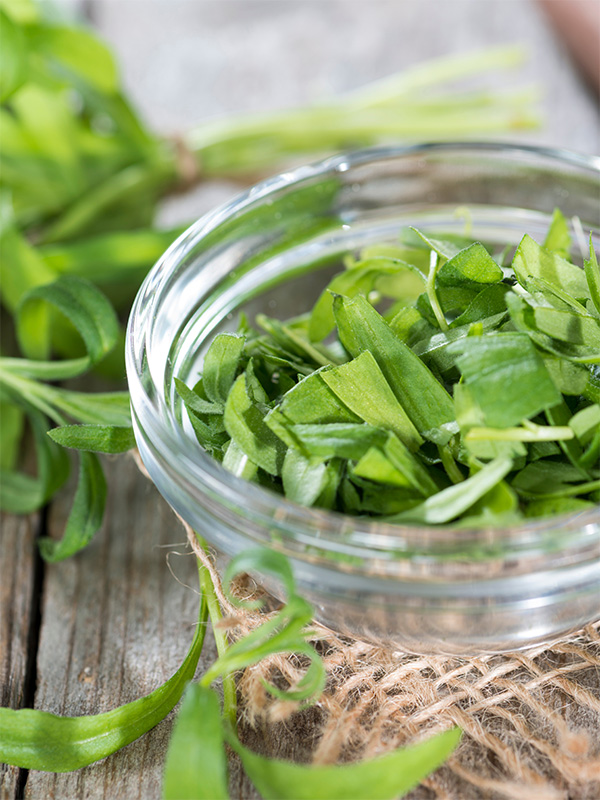
Fresh or dried tarragon is the perfect substitute for one another. Dried tarragon is the most straightforward substitute for fresh tarragon, as dried tarragon retains the characteristic anise-like flavor of fresh tarragon, albeit in a more concentrated form. When substituting dried tarragon for fresh tarragon, use about one-third of the amount specified for fresh tarragon.
Generally, one teaspoon of dried tarragon for every tablespoon of fresh tarragon is a suitable substitute. This is because drying herbs intensifies their flavor, making them more potent than when they are fresh. Dried tarragon works well in slow-cooked dishes like stews, soups, and braises, where it has time to rehydrate and infuse the dish with flavor.
Conversely, fresh tarragon is an excellent substitute for dried tarragon, offering a lighter and more nuanced flavor. Use 1 tablespoon of fresh tarragon with 1/2 teaspoon to 2 tablespoons of dried tarragon. The fresh herb is ideal in dishes that benefit from a bright, fresh flavor, such as salads, dressings, and sauces, or as a finishing touch to cooked dishes. The key to using either form effectively lies in understanding how their intensities differ and adjusting the quantity accordingly to achieve the desired flavor profile in your dish.
Dill
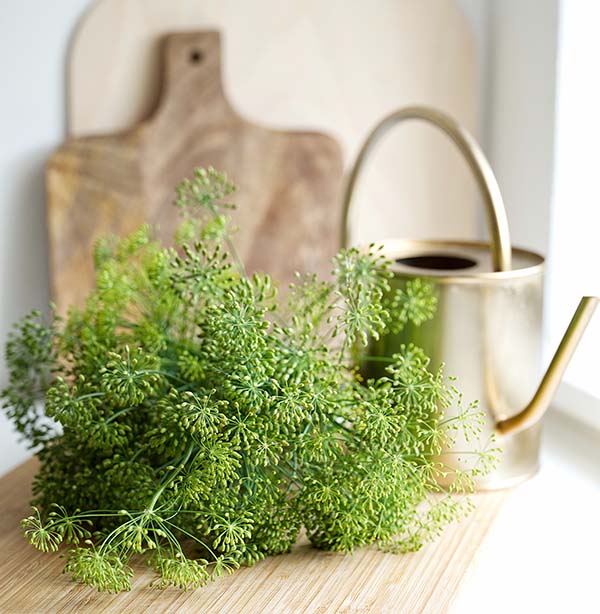
Dill is an excellent substitute for tarragon. I particularly like to use dill as a substitute for Russian tarragon. Dill is the perfect substitute in dishes that benefit from its similar grassy and slightly sweet flavor profile. While dill lacks tarragon's distinct licorice-like undertone, it brings its own unique, slightly tangy, and fresh taste, making it a versatile herb in various culinary contexts.
When substituting dill for tarragon, use an equal amount to start with and adjust to your taste, as dill can be a bit milder. This substitution is particularly effective in seafood dishes, salad dressings, and sauces, where dill's light and aromatic qualities can mimic the freshness of tarragon. It also works well in soups, egg dishes, and vegetables, offering a delicate flavor that doesn't overpower the other ingredients.
However, since fresh or dried dill has a different flavor nuance, it's best used in recipes where its brighter, more herbaceous character can be appreciated rather than those relying heavily on tarragon's unique anise-like flavor.
Fresh Basil
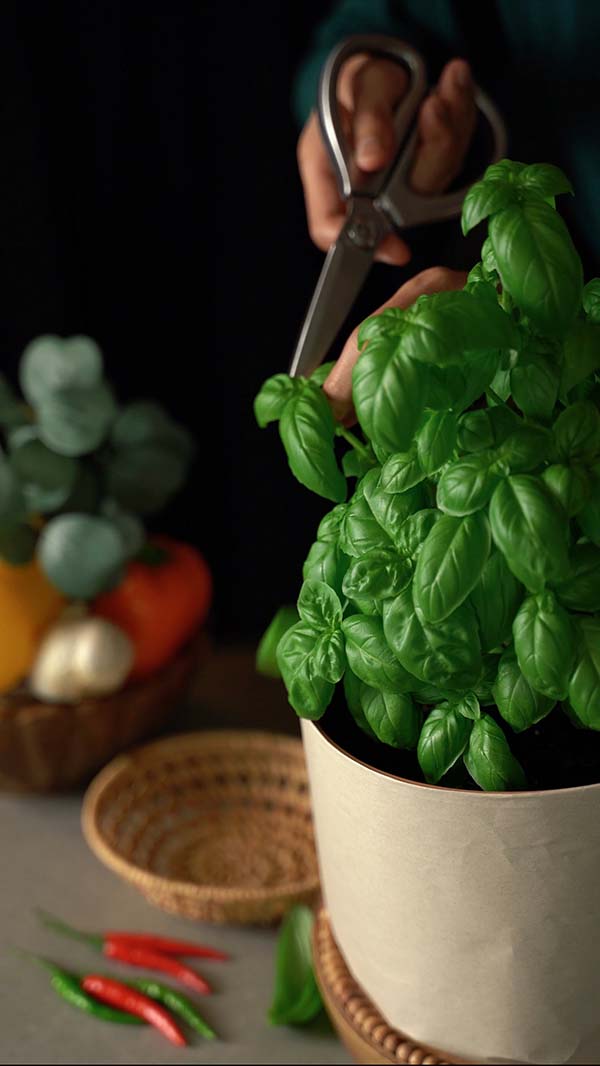
Fresh basil is a splendid tarragon substitute, especially in dishes with a desired sweet, peppery, and slightly minty flavor. Although fresh basil lacks the bold licorice taste of tarragon, it compensates with its own aromatic and fresh qualities.
When substituting fresh basil for fresh tarragon, start with an equal amount and adjust to taste. Basil's versatile flavor profile makes it a perfect fit for a wide range of cuisines, particularly Italian and Mediterranean dishes. It shines in sauces, salads, pasta dishes, and fish dishes, whose sweet and fresh flavor complements the other ingredients beautifully.
However, it's important to consider that basil will bring a different flavor to the dish than fresh tarragon, introducing a more Mediterranean than French nuance, which can be a delightful twist in many recipes.
Chervil
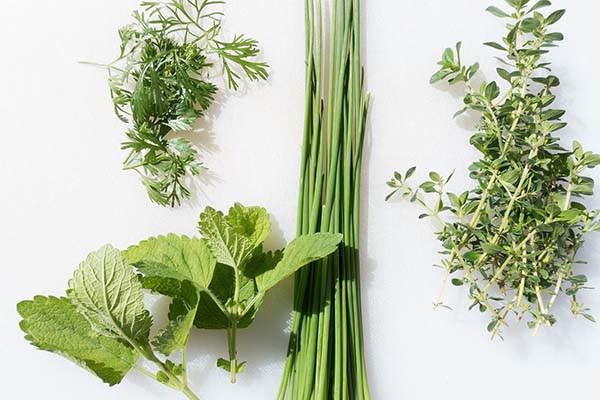
Chervil, often described as a milder cousin to tarragon, is an excellent substitute, particularly in French and European cuisine. It shares a similar profile with subtle anise-like flavors, making it a seamless replacement.
When using chervil in place of tarragon, use it in equal amounts. But I recommend adjusting the taste based on the dish and your flavor preferences. This delicate herb excels in dishes that call for a light, herby touch without overpowering other flavors.
Chervil is particularly suitable for salads, egg dishes, and light sauces where tarragon's flavor is desired, but its intensity needs to be toned down. Chervil also shines in soups and as a garnish for seafood, lending a gentle, aromatic quality. Its flavors are most pronounced when fresh and are best preserved by adding it towards the end of the cooking process to maintain its subtle taste.
Fennel Fronds
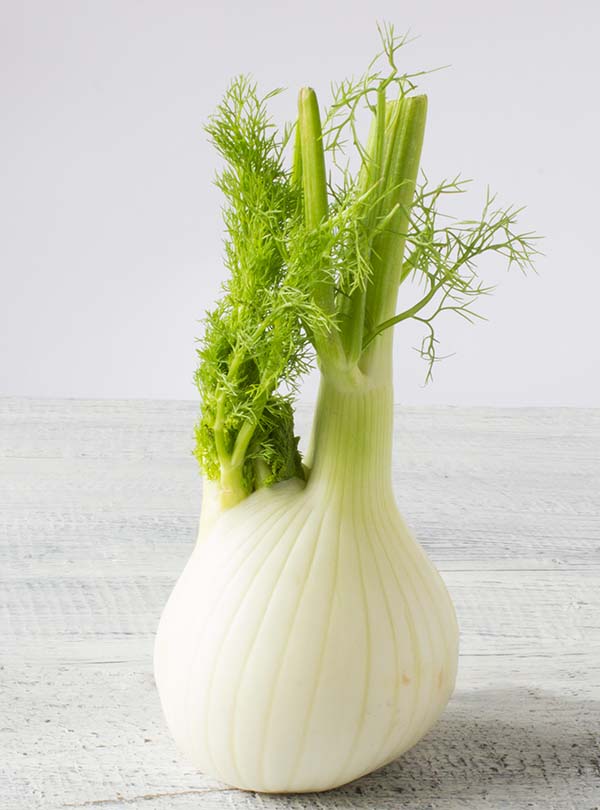
Image by photoroyalty on Freepik
Fennel fronds are exceptional fresh and dried alternatives, especially when a dish seeks an anise-like flavor. These delicate, feathery, fresh fennel leaves from the fennel plant offer a gentle licorice taste, akin to tarragon, but with a softer, more herbaceous touch.
When substituting fennel fronds for fresh tarragon, use them in a one-to-one ratio, but consider the slightly milder flavor profile and adjust according to your taste. Fennel fronds are particularly effective in fresh applications like salads, as a garnish on seafood dishes, or in light sauces where their subtle, sweet licorice flavor can be appreciated. They also blend well in soups and stews, imparting a mild, aromatic quality.
The fennel fronds are best used fresh to retain their delicate flavor and texture. This tarragon substitute is ideal for recipes where you desire the unique flavor notes of tarragon but in a less intense, more nuanced form. It's a perfect choice for dishes where a touch of sweetness and freshness from the anise flavor enhances the overall taste.
Fennel Seeds
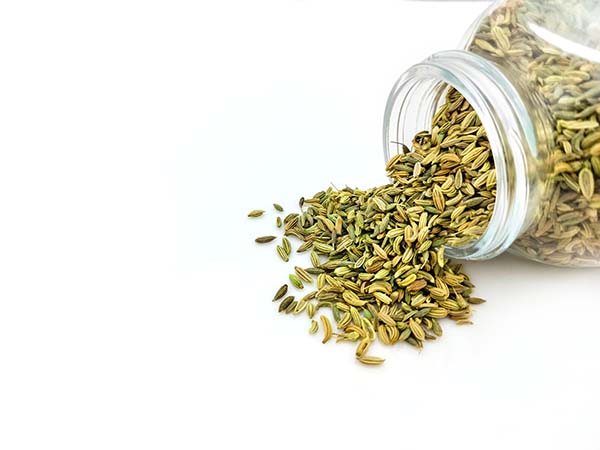
Fennel seeds are an excellent dried tarragon substitute, particularly in dishes where tarragon's distinct anise-like flavor is a key component. These small, greenish-brown seeds offer a more pronounced licorice taste, similar to fresh tarragon, but with a more pronounced intensity and an added hint of woodiness.
When used as a tarragon substitute, it's crucial to use it sparingly. Start with a small amount, roughly a quarter of the fresh tarragon called for in the recipe. Crush or grind them lightly to release their aromatic oils and incorporate them into the dish.
Fennel seeds are especially suitable for use in meat dishes, sauces, and soups, where their robust flavor can infuse the dish with a warm, sweet undertone. They also prove effective in baking and contribute to the complexity of various spice blends.
Anise Seed

Anise seed is an excellent tarragon substitute, particularly in dishes where tarragon's distinct licorice-like flavor is the star. These small, aromatic seeds boast a strong, sweet, and spicy flavor reminiscent of licorice, closely mirroring tarragon's aniseed notes.
When replacing tarragon with anise seed, it's essential to use it sparingly as it has a potent flavor. Start with just a pinch of ground anise seed for every teaspoon of fresh tarragon, and I recommend adjusting to taste. Anise seed is ideal in recipes where the licorice flavor of tarragon is essential, such as in certain sauces, baked goods, and desserts. It also works well in slow-cooked dishes and stews, where its intense flavor can mellow out over time.
However, as anise seed lacks the herbaceous quality of tarragon, it's best used in dishes where the licorice flavor is desired to be prominent. This substitution brings the dish a similar sweetness and warmth, making it a suitable alternative, particularly in recipes where the aniseed flavor needs to stand out.
Marjoram
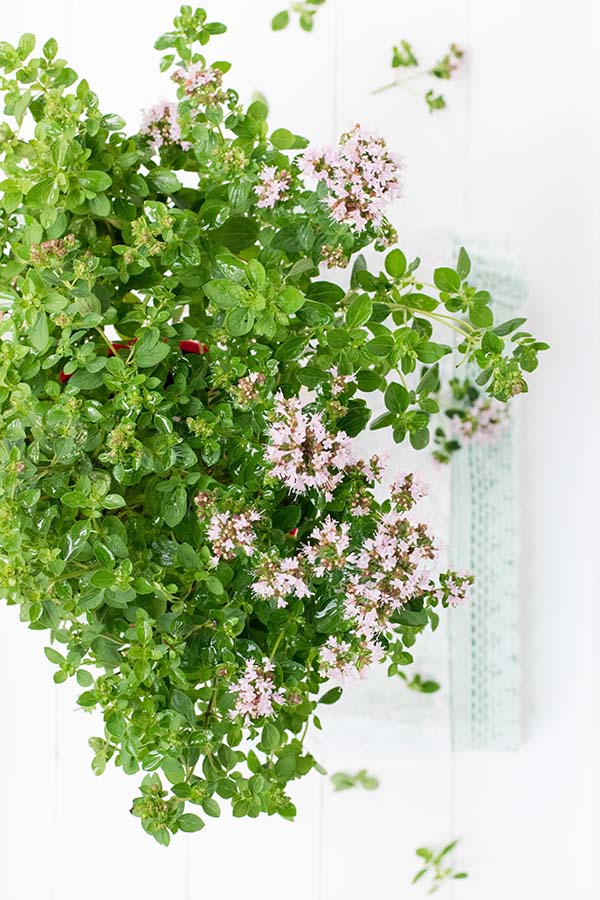
Marjoram, a herb known for its sweet, citrusy, and slightly piney flavor, serves as a delightful tarragon substitute in various dishes. While it lacks the licorice-like notes of tarragon, marjoram offers a similar sweet and subtle taste with a hint of floral aroma.
When using marjoram as a fresh or dried tarragon substitute, use it in equal amounts. This herb works particularly well in Mediterranean and European dishes, such as soups, stews, sauces, and poultry and vegetable dishes. Its gentle and slightly sweet flavor is especially complementary in recipes that call for a delicate herbal touch. Marjoram is most flavorful when fresh but can also be used dried.
However, since marjoram brings its own unique flavor profile to a dish, it's ideal for recipes that can accommodate a shift from tarragon's distinct anise-like taste to a more floral and citrusy note.
Oregano

Oregano, a robust herb with a slightly bitter, peppery flavor, can be a surprising yet effective substitute for tarragon in certain culinary contexts. While oregano lacks the licorice-like flavor of tarragon, it brings its own earthy and aromatic qualities to a dish.
Due to its stronger flavor profile, it's advisable to use oregano in smaller amounts—about half of what the recipe calls for in tarragon—when substituting oregano for tarragon. Oregano is particularly suitable for Mediterranean and Italian dishes, like pasta sauces, pizza, and grilled meats, where its bold flavor can stand up to other hearty ingredients. It also works well in Greek and Mexican cuisines.
Fresh Parsley
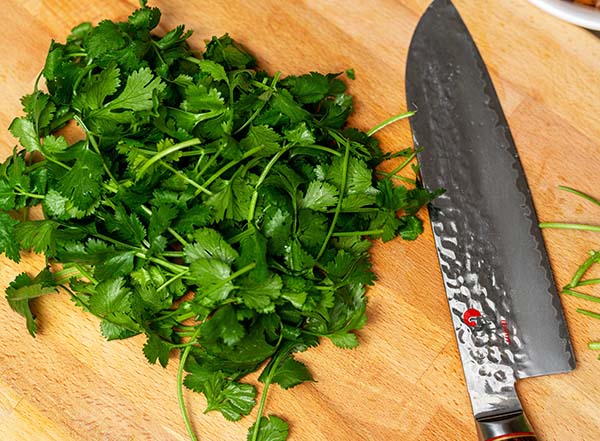
While fresh parsley does not share the licorice flavor of tarragon, it can be a suitable substitute for its fresh, green, and slightly peppery profile. Parsley adds a bright, clean taste and vibrant color to dishes, much like tarragon, but with a more neutral flavor.
When substituting parsley for tarragon, use it in a one-to-one ratio, adjusting to taste based on the dish and personal preference. Parsley is remarkably versatile and finds applications in diverse cuisines and dishes, ranging from salads and soups to sauces, serving as an ingredient and a garnish. It's particularly effective in recipes where tarragon's fresh, herbaceous quality is desired, but its distinct anise-like flavor might not be suitable or is not the main focus.
Both the flat-leaf and curly varieties of parsley can be used, offering a subtle, herbaceous note. While it won't replicate the exact flavor profile of tarragon, parsley is a great alternative for adding a similar freshness and color to dishes, making it a suitable stand-in, especially in lighter spring and summer recipes. If you are seeking to Russian tarragon substitutes, I recommend a mixing of parsley with a pinch of fennel seed or aniseed.
Tagetes
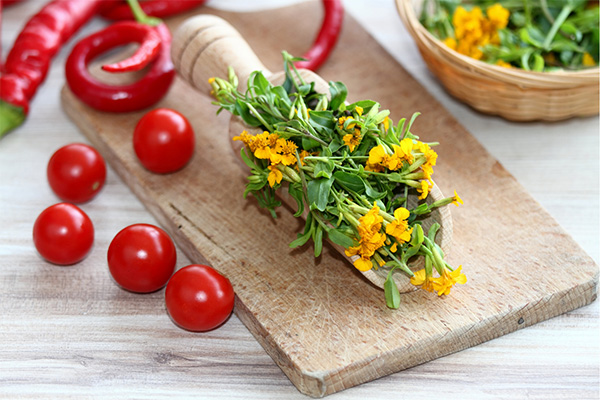
Tagetes, also known as Mexican marigold or Mexican tarragon, can be a perfect tarragon substitute for French tarragon, particularly in climates where French tarragon struggles to grow. It shares a similar licorice or anise-like flavor, making it suitable for culinary uses that require tarragon's distinctive taste.
When using Tagetes as a substitute, it's best to start with equal amounts, as the recipe calls for French tarragon, then adjust to taste, as its flavor can be slightly stronger. This substitute shines in dishes like sauces, chicken, fish, and egg recipes, where tarragon's unique flavor profile is desired. Tagetes are especially useful in warmer months when French tarragon might not be readily available, allowing cooks to maintain a similar flavor in their dishes.

